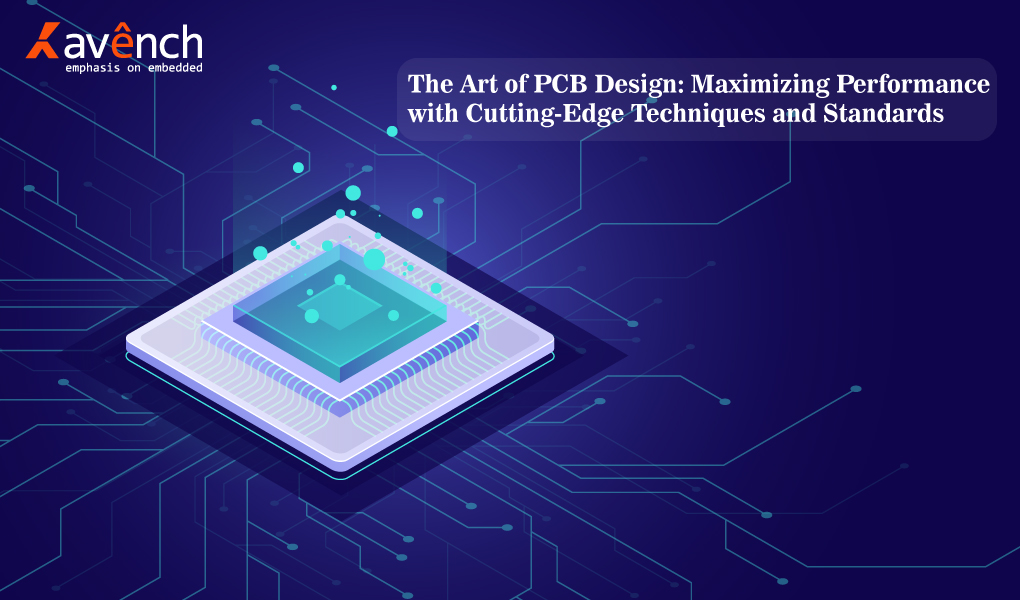Have you ever wondered what makes your electronic devices tick? From your smartphone to your computer, these devices have become an integral part of our lives with pcb design.
But did you know that at the heart of every electronic device is a little-known hero that makes everything possible?
It’s called a Printed Circuit Board (PCB), and it’s the unsung hero that deserves a lot more credit.
In fact, the design of these PCB has become an art form in itself, with cutting-edge techniques and standards that can take your devices to the next level. So, get ready!
In this article, we’ll take a deep dive into the world of PCB design, exploring the latest techniques and standards that can help maximize performance and take your electronic devices to the next level. So buckle up and get ready for a journey into the exciting world of PCB design!
The design of a Printed Circuit Board (PCB) is no longer just a matter of connecting the dots. With technology advancing at lightning speed, PCB designers must incorporate cutting-edge techniques and adhere to the latest standards to maximize performance. From advanced software tools to thermal management techniques, the world of PCB design is full of exciting possibilities.
To create efficient and reliable PCBs, designers use advanced software tools, such as 3D modeling software and simulation tools. These tools enable designers to optimize the placement and routing of components, minimize signal interference, and reduce noise. High-speed digital and mixed-signal PCBs are also crucial factors in maximizing performance. These PCBs are designed to handle complex signal processing and high-speed data transfer, and designers must take into account factors such as electromagnetic interference, signal integrity, and power distribution.
Thermal management techniques are also an essential aspect of PCB design. Electronic devices generate heat, which, if not dissipated effectively, can reduce performance and even cause failure. Designers use thermal vias, heat sinks, and thermal pads to transfer heat away from critical components and dissipate it into the surrounding environment.
The manufacturing process also plays a significant role in PCB performance. Advanced materials, such as copper-clad laminates and surface mount technology, are commonly used in the latest manufacturing techniques. Surface mount technology involves mounting components directly onto the surface of the PCB, reducing the size and weight of the device.
Wrapping up
The art of PCB design is about maximizing performance and incorporating the latest techniques and standards. By using advanced software tools, high-speed digital and mixed-signal PCBs, thermal management techniques, and advanced manufacturing processes, designers can create PCBs that are efficient, reliable, and meet the needs of modern electronic devices.
At Avench, we understand the importance of cutting-edge PCB design techniques and standards. With our experience in designing and developing high-speed digital and mixed-signal PCBs, we can help our clients achieve their desired performance levels. Whether you need assistance with PCB design, thermal management, or advanced manufacturing techniques, we are committed to delivering innovative and robust engineering solutions that meet the needs of modern electronic devices.
If you’re looking for a partner to help you with your PCB design needs, look no further than Avench. Contact us today to learn more about how we can help you take your electronic devices to the next level.
Happy Designing PCBs with Avench!

